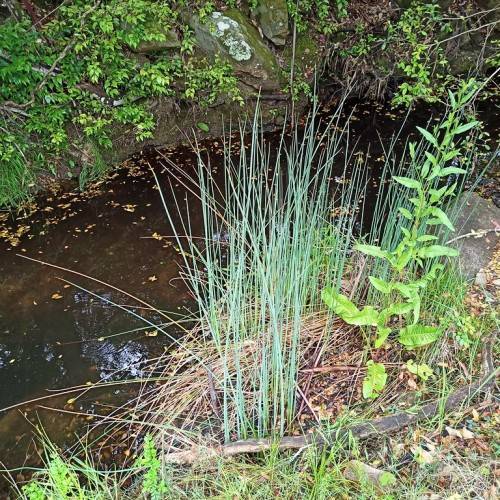
club rush
Schoenoplectus lacustris subsp. tabernaemontani 'Zebrinus'
Cycle:
Perennial
Watering:
Average
Hardiness Zone:
4 - 9
Flowers:
Flowers
Sun:
Full sun
Growth Rate:
Low
Maintenance:
Low
Drought Tolerant:
Yes
Salt Tolerant:
Yes
Care Level:
Moderate
watering
Club rush needs to be watered at least once a week. It prefers moist, but not soggy, soil, so you should avoid over-watering the plant. When watering, water the soil around the plant’s roots and allow the excess to drain away. During the hot seasons, Club rush may need to be watered once every 3-4 days; however, if the soil is consistently moist, you may be able to extend the watering intervals.
sunlight
Club rush prefers sunny areas, but not direct sunlight. It should have at least 3 to 4 hours of sunlight each day, either in the morning or afternoon. It can also tolerate some shade, which may be necessary during the hottest days of summer. It is not suitable for planting in an area where it will receive more than 6 hours of direct sunlight per day.
pruning
Club Rush (Schoenoplectus lacustris subsp. tabernaemontani 'Zebrinus') should be pruned in both early spring and midsummer. In early spring, prune any dead or dying foliage to ground level, and cut back any additional foliage. This will encourage bright new foliage in the summer, and help maintain the plant's new growth. In midsummer, remove any flower heads to ensure the plant does not reseed. At this time, you can also remove any pieces of foliage that have become overgrown or straggly. This will help the plant remain healthy and vibrant throughout the growing season.
